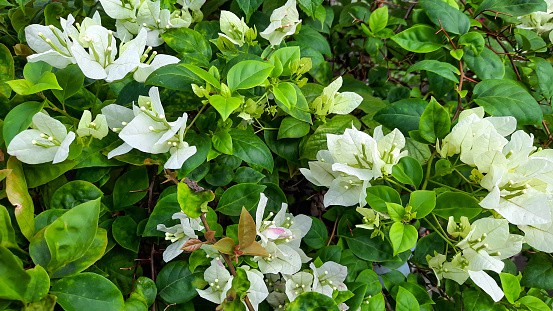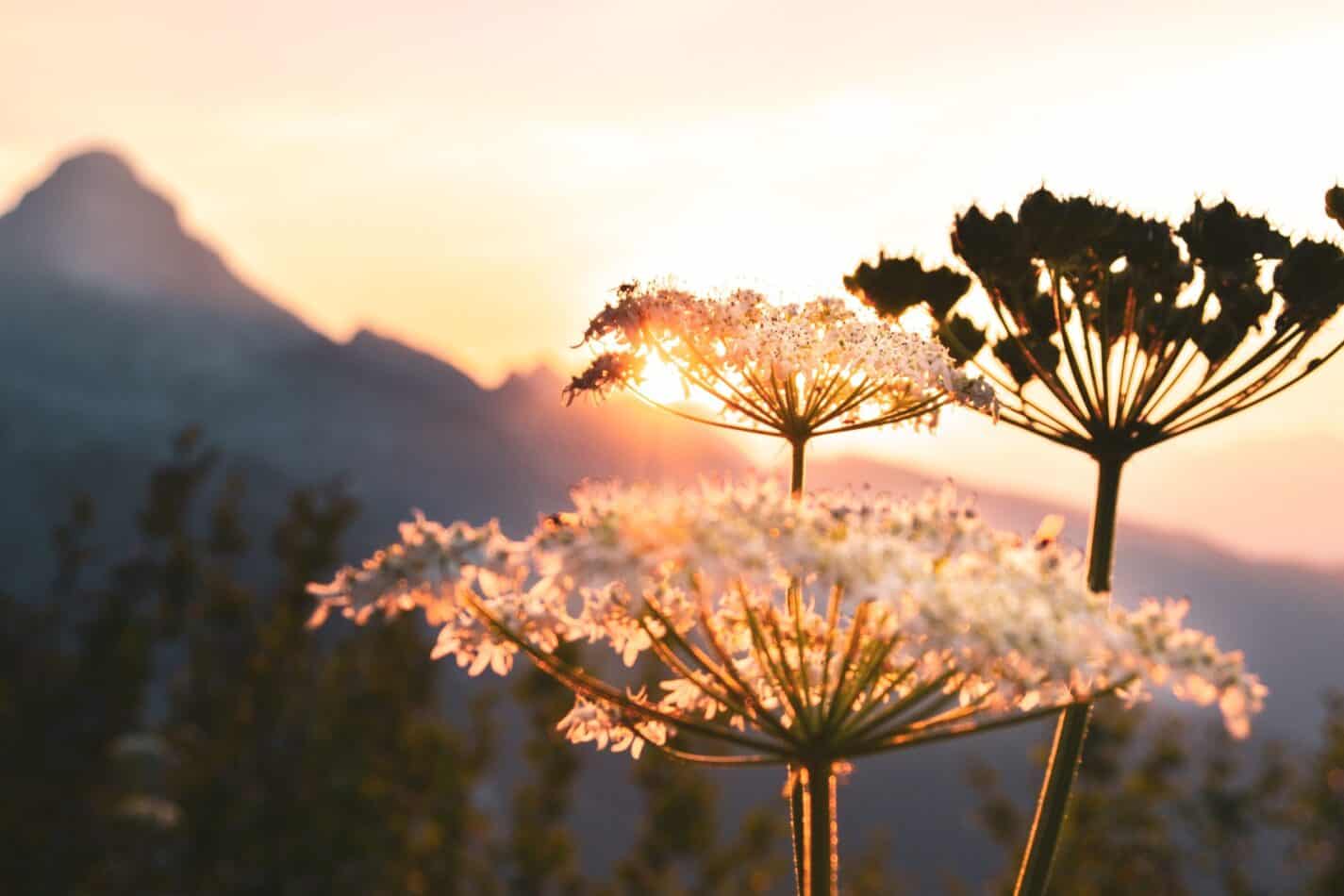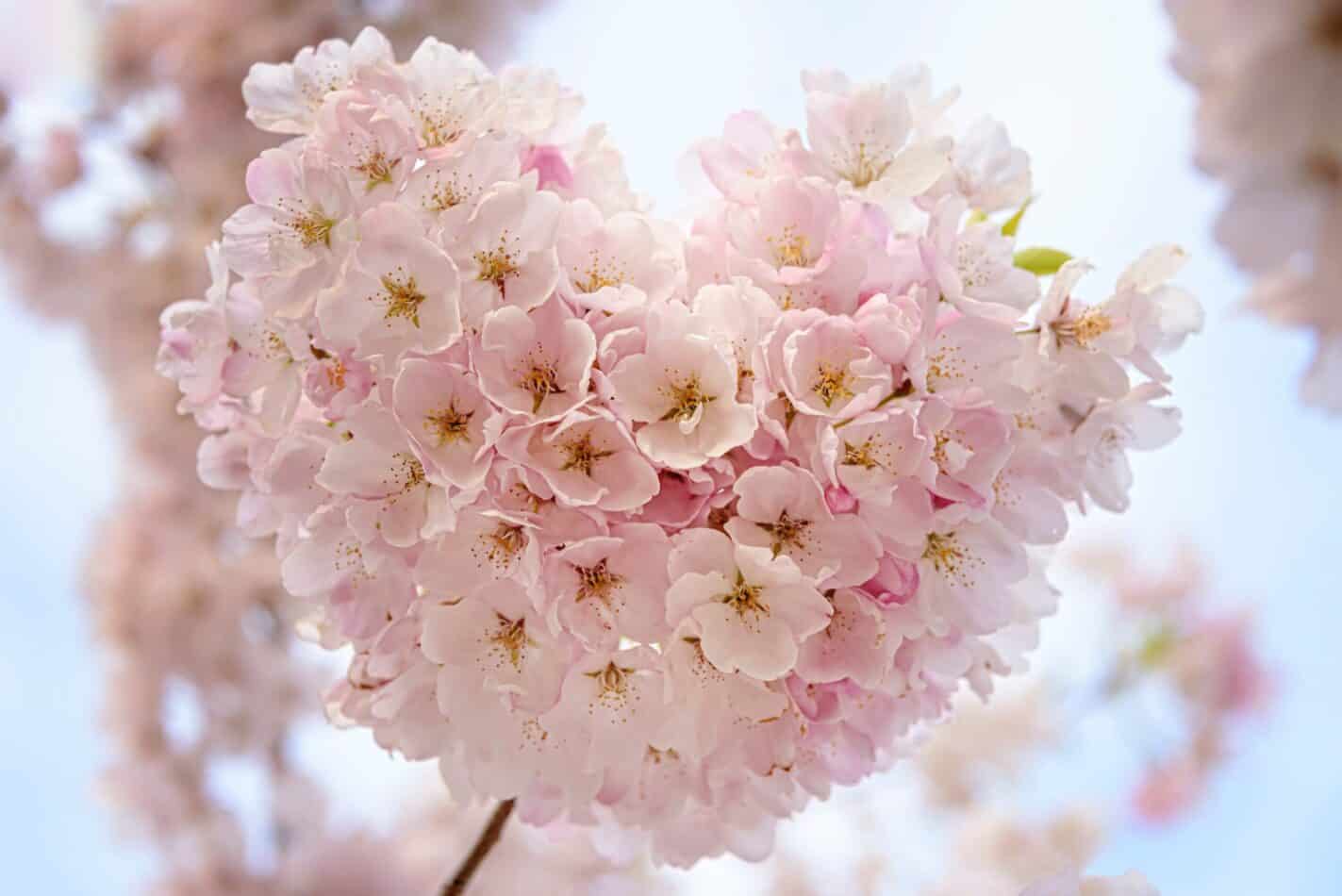Great Bougainvillea, or Bougainvillea spectabilis, is a thorny ornamental shrub native to South America. It grows up to 40 feet tall and is evergreen in moist climates. Its petite flowers are often overshadowed by its waxy bracts in vibrant colors that can range from yellow, orange, red, magenta, pink, purple, or white. Belonging to the family Nymphaeaceae, this flower is suitable for both indoor and outdoor potting, as well as for coastal gardens due to its high salt tolerance. It is hardy in zones 9 to 10 but can be planted in hanging baskets in cooler regions. Its popularity comes from its ability to thrive in a variety of climates and its versatility.
Etymology
The genus and species name of Great Bougainvillea comes from Louis Antoine de Bougainvillea, a French navigator and naval officer who lived in the 1700s. He sailed in the Pacific Ocean, eventually discovering the Bougainvillea shrub in Brazil. The brightly colored shrub quickly hopped the continents and began to appear in gardens all over Europe. Ever since its discovery, Bougainvillea spectabilis has been a beloved choice for living spaces, with intense and elegant hues.
Meaning and Symbolism
The delicate flowers of the Great Bougainvillea represents an array of emotions. Its meaning includes ardor, risk-taking and passion, as we as curiosity and thirst for knowledge; as a whole, the flower typically symbolizes good fortune and joy.
History, Mythology, and Religious Significance
The history of Great Bougainvillea dates to many ancient cultures and civilizations. Greek mythology tells the story of Aphrodite, the goddess of love and beauty, who used the petals of a Bougainvillea to color the sky. Bougainvillea has also been used ceremonially in Hindu and Catholic ceremonies alike, where Hindus use the flower as an offering to the gods, whilst Catholics used it as part of their coronation ceremonies and Easter services.
Flower Varieties and Their Defining Characteristics
Over 300 varieties of Great Bougainvillea exist around the world and their defining characteristics include color, appearance, climate, size, and growth rate. Typical colors of this flower range from yellow, orange, red, magenta, pink, purple, to white. It can come in a variety of forms such as a vine, tree, bush, or a shrub. Its growth rate can range anywhere from slow to fast and would often require trimming depending on the size desired.
How to Plant and Grow
Great Bougainvillea is a highly resilient plant that can be planted in any kind of soil that drains well. It is relatively easy to grow, however it’s important to be aware that this flowering shrub does require extra care and attention in certain climates. It does best in full sun and somewhat alkaline soil. It is tolerant of heat but does not resist frost. Additionally, make sure to water the plant thoroughly after planting and water deeply every couple of weeks in dry times. It should be fertilized once a month in the beginning of the growing season.
How to Pot and Repot
When you pot and repot Great Bougainvillea, make sure you have a pot that is larger than the previous one just in case your bougainvillea needs to stretch. Select a clay pot that will help hold moisture in the summer. Clay pots also provide better air circulation, although plastic pots may be used. Repot at the start of spring when the plant starts to grow and no more frost is expected. Once repotted, the soil should be kept moist until buds appear.
How to Prune
It is important to prune Great Bougainvillea in order to maintain its shape. In order to promote healthy growth of new branches, as well as encourage larger blooms, pruning should be done regularly. When pruning your bougainvillea, prune at an angle just above a bud. Pinching off buds will stimulate more growth and promote more blooms. Pruning should be done during spring when the most active flower blooms are about to appear.
How to Propagate
Propagation of Great Bougainvillea is common, however it can be a bit tricky. The best way to propagate is by cuttings as Great Bougainvillea does not produce flowers from seeds. Make sure to take a cutting from the stem that is 4 to 6 inches long. Dip the stem in rooting hormone and place the cutting in rooted potting mix. Keep the soil moist and make sure to provide sufficient air circulation. The cutting will usually root in a few weeks.
Common Pests and Diseases
Due to its hardiness and resilience, Great Bougainvillea is generally unaffected by pests and diseases. However, in order to maintain its health and beauty, it still requires some care. Pests that can attack this shrub are aphids, scale, mealybugs and spider mites. The most common disease which affects Bougainvillea is root rot, which is caused by too much water. This can be avoided by providing enough drainage and avoiding water logging.
Frequently Asked Questions
Q: How often should I water my Bougainvillea?
A: Depending on your local climate and specific soil type, Bougainvilleas should be watered 1 to 2 times a week.
Q: How often should I fertilize my Bougainvillea?
A: Fertilizing should be done once per month during the plants growing season, typically spring and summer.
Q: Does Bougainvillea need direct sunlight?
A: Generally, yes. Bougainvilleas will do best in full sun and should get at least 4-6 hours of direct sunlight per day.
Table Fact Sheet
| Plant Name | Information |
|---|---|
| Great Bougainvillea | Bougainvillea spectabilis |
| Family | Nymphaeaceae |
| Plant Type | Perennial |
| Mature Size | Up to 40 ft tall |
| Sun Exposure | Full sun |
| Soil Type | Well drained |
| Soil pH | Somewhat alkaline |
| Bloom Time | spring and summer |
| Flower Color | yellow, orange, red, magenta, pink, purple, or white |
| Hardiness Zones | 9 to 10 |
| Native Area | South America |
What we love from Amazon this week
Buy these wonderful flowers directly from Amazon:















